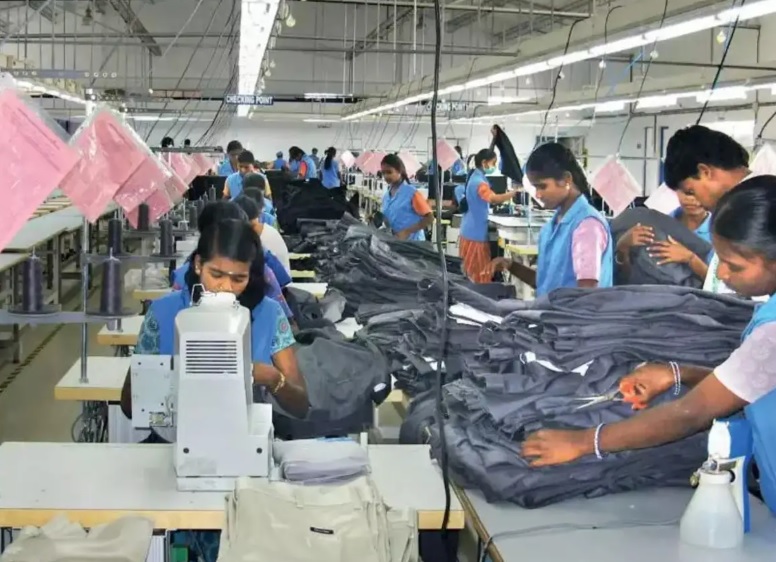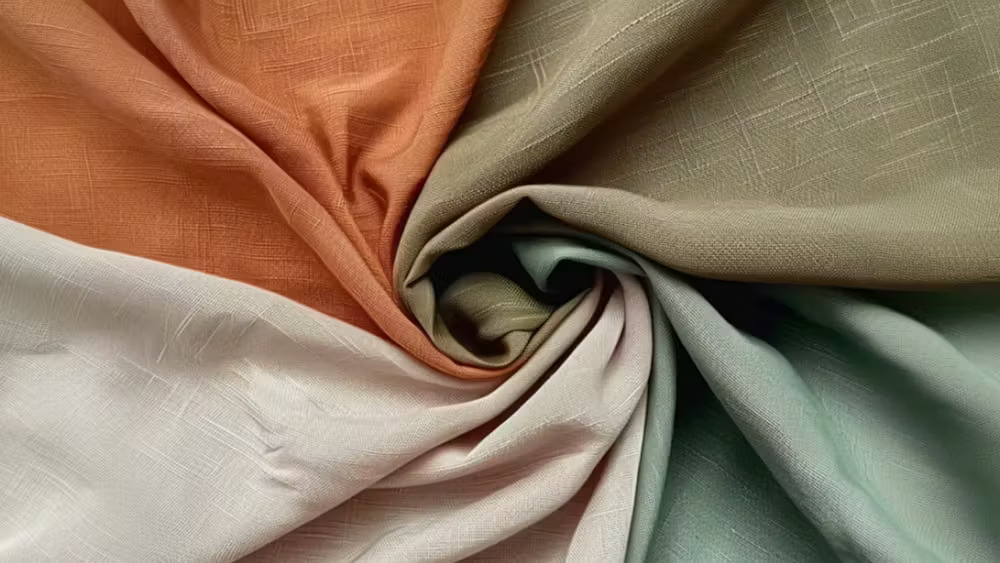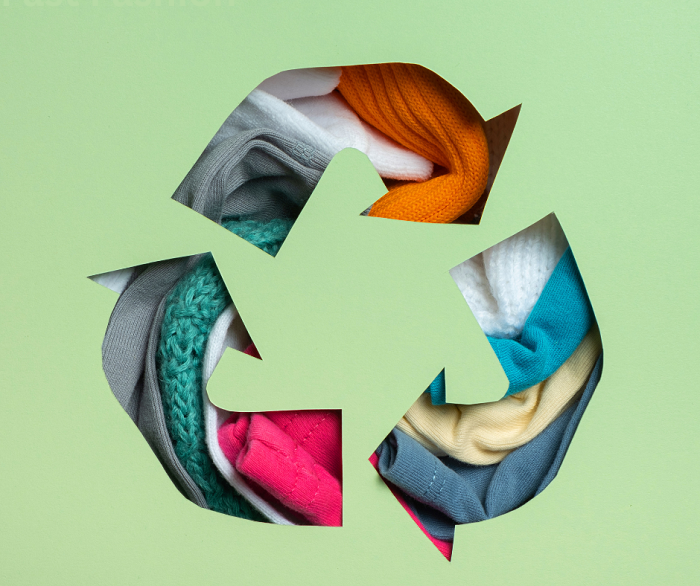FW
Trade show organiser WSN Développement is on the hunt for a solution to attract more buyers. This means a focus on Asia. Considering the number of brands coming out of Asia, buyers from China, Japan and South Korea in particular are at the heart of a new strategy.
Hence, since January, WSN Développement has placed a permanent representative on the Asian continent. With the firm already being promoted by agents there, the French group is now strengthening its presence with the appointment of Jean-François Nicholaï as head of business development in Asia.
Attracting new clients, such as specific Chinese concept-stores, as well as strengthening relationships with those already known to the firm, will be Nicholaï's mission. WSN Développement is also preparing to launch new activities aimed towards buyers from three main countries -- China, Japan and South Korea. These future initiatives are intended to link the trade show and its brands with Asian buyers and help establish appointments in Paris during the seasonal Fashion Week.
WSN has been confronted by a drop in visitor attendance at the most recent edition of Première Classe and Paris Sur Mode. The position formerly held by Jean-François Nicholaï dedicated to VIP buyers was reassigned by WSN Développement to Patricia Chelin, who until then had been in charge of personal shopping services at the shows.
More than a 100 readymade garment factories in Bangladesh are operating in risky buildings despite an order to vacate buildings that put the lives of workers at risk. After the Rana Plaza building collapse that killed more than 1,100 people, mostly garment workers, some 2,000 garment factories have been inspected by Accord, Alliance and some 1500 factories by the government-ILO joint move.
More than 80 per cent remediation has so far been completed in Accord and Alliance-listed garment factories but the progress is slow in factories under national initiative. During initial inspection on structural integrity, fire and electrical safety conducted by western retailers' two platforms -- Accord and Alliance and the national initiative -- soon after the Rana Plaza tragedy in 2013, a total of 163 garment factories were found running in risky buildings. They were asked to relocate but only 39 factories complied.
Even after the 39 garment units relocated, the building authorities allowed other establishments to run businesses despite an order not to use the structures for any commercial purposes until required safety measures were put in place. Factory and building owners have been repeatedly asked not to use buildings without retrofitting or renovating them.
For the first nine months turnover of Sutlej Textiles and Industries grew 12 per cent over the previous year. Sutlej is setting up a plant to manufacture polyester staple fiber by recycling pet bottles. The project costing Rs 110 crores is expected to be complete by the second quarter of 2020. Based in Jammu and Kashmir, the recycled PSF plant will have a capacity of 80 metric tons a day, the product range being raw white recycle fiber and black recycle fiber.
Sutlej has also invested in technology upgradation and debottlenecking. This will result in further improvement in efficiency and sustaining plant utilization. The company has already commenced commercial production of 35,280 spindles in Rajasthan. This will be a dedicated capacity focused toward producing value-added cotton and cotton-blended dyed and mélange yarn.
The company faced a challenging business environment in the third quarter due to subdued demand. Margins were under pressure on account of the increased cost of raw materials, appreciation of the rupee and reduction in export incentives. But the company is hopeful its diversified portfolio of value-added products will enable it to deliver better performance once demand normalizes.
Sutlej is one of India’s largest integrated textile manufacturing companies. It specialises in synthetic, natural and blended yarns, all types of spun yarns and home textile furnishing.
Pink bollworm infestation is affecting cotton production in India this year. In January, Maharashtra and Telangana advised cotton farmers to remove the plants to avoid the further spread of pink bollworm infestation to save the Rabi and subsequent Kharif crops.
While the infestation has been serious in some southern states, proactive measures taken in Gujarat and the northern states after the 2016-17 infestation ensured the issue has been less serious there. The Cotton Association of India (CAI) has lowered its estimate for the ongoing season by eight lakh bales.
Domestic consumption is estimated to be at 320 lakh bales while CAI estimates exports for the season to be 55 lakh bales. The carryover stock at the end of this season on September 30, 2018, is estimated to be 42 lakh bales. CAI estimates cotton arrivals up to January 31, 2018, at 211 lakh bales compared to 157.75 lakh bales during the same period last season.
Around 40 lakh bales of cotton have been exported from the country so far and another 15 or 20 lakh bales are expected to be exported by the end of this season. Exports from India this year have received a fillip thanks to the rupee depreciation.
For the quarter ended December 31, 2016, Nitin Spinners’s turnover went up 30.34 per cent compared to the corresponding quarter of the previous year. The turnover for the nine months ended December 31, 2016, has increased by 12.43 per cent compared to the corresponding period in the previous year.
Nitin Spinners makes cotton yarn in single, multifold slub, compact, core spun and Elitwist yarns. The products are suitable for applications such as high value apparels and garments, undergarments, terry towels, denims, woven and medical fabrics, carpets, mattresses, stockings, furnishing fabrics and industrial fabrics.
Nitin Spinners manufactures pure cotton yarns and fabrics for both the national and international markets at Bhilwara in Rajasthan. With a capacity of 223,000 spindles and 3,000 rotors, it produces 50,000 tons of yarn and 9,000 tons of fabric a year.
During 2015-16, Nitin clocked a turnover of Rs 767 crores, out of which exports totaled Rs 531 crores. Operating profit before interest, depreciation and tax was Rs 137.76 crores and PAT was Rs 44.16 crores. The company uses Rieter compact spindles. Thanks to optimum raw material utilization, the quality of the yarn was improved and a high quality of compact yarn was achieved.
Sustainability has become almost a dirty word. Though it is a hot topic in fashion, there’s concern that consumers aren’t quite sure what to make of it. They sometimes wonder whether a product made from recycled fibers and fabrics is just as good as something derived from virgin materials. The customer’s connection to the supply chain is virtually non-existent.
The industry overall hasn’t made the investments to drive fashion towards a more sustainable future. The industry needs to talk about circularity and sustainability not as choices to avoid a guilty conscience but in terms of creating a product that’s better for the individual. Companies should be aligned around three core principles—improving efficiency by doing less with more; improving quality of life by creating healthier products; and making things safer and more resilient.
Sustainability should be a business imperative. Brands that choose to ignore sustainable models do so at their own peril. If financial institutions reward sustainable investments, they can set in motion a ripple of change. Investors will increasingly scrutinize how emerging brands manage sustainability and other ESG (environmental, social and governance) issues. If the manufacturing and supply chain side is fixed, consumers can consume as much as they want without the same impact.
Filo was held in Italy, February 21 to 22. Filo specialises in high quality fancies and eco yarns, with a strong design content. It used to be known as the weaving yarn show but because buying patterns and lead times have altered so much over the years, there is at least as much interest in knitting yarns of all types.
There was an increase in exhibitors, all of them at the high middle to top end of the trade, dealing with top weavers, some who make fabrics and knitwear for couture and iconic brand names like Chanel. Spinners and knitters from Italy, France, Germany, Turkey, Switzerland, Greece, Portugal and Slovenia exhibited yarns and ideas for 2019-20 and visitors from various knitters and weavers came.
There were bright colors interspersed with the darker greys and blacks. Many of these were marled and flecked with a salt and pepper look. Colorful accents gave a new look to these dark tones in fabrics which were knitted up or woven into samples from the yarns on show. Most designs were intended for menswear and women’s wear; colorings and palettes are no longer gender specific, at least this year, and are converging.
Fancy looks led the field, with some yarns with a wool core and nylon lurex and metallic wraparounds.
Guess is committed to ensuring wood-based fibers—including rayon, modal and viscose—used in its clothing don’t come from suppliers sourcing from endangered forests or those linked to human rights violations involving indigenous people who depend on those forests.
To ensure the fibers are ethically sourced, Guess systematically tracks the use of its fabric materials and the origins of its wood-based fibers. The company will work with its supply chain partners to eliminate using any cellulosic fabrics from current endangered forest areas and viscose yarn linked to indigenous communities that live in these habitats. In addition Guess will educate suppliers on more ethical and sustainable sourcing practices.
The brand aims at embracing existing solutions as well as trying new ones to address social and environmental challenges. It’s taking the steps necessary to improve its supply chain. By 2020, it aims at making its global operations greener and encouraging consumers to buy more eco-conscious garments. This year Guess mapped its denim production by water availability and assessed the sustainability of its denim products. To improve its denim production and products, the company is currently drafting a comprehensive water action management plan to address these impacts, which is set to debut in 2018.
Bangladesh’s garment exports to non-traditional markets rose 3.77 per cent year-on-year in the July-January period of the current fiscal. Non-traditional markets are other than key destinations such as the European Union, the US, and Canada. They include countries like India, China, Russia, Japan, South Africa, Turkey, Brazil, Chile, Mexico, South Korea, Malaysia, Australia, and New Zealand.
Shipments to these markets are rising on the back of zero-duty benefit granted to Bangladesh, opening of retail stores by global brands, market diversification by local exporters, and fiscal incentives. Bangladesh receives zero-duty benefit to markets such as Japan, India, and China. As a result, shipments to these markets are rising at a faster rate.
Riding on the relaxed rules of origin, garment exports to Japan grew 1.94 per cent in July-January. In 2011, China granted a duty-free export facility to Bangladesh for nearly 5,000 items, mostly garments. China has also established its own brands and retailers to cater to local customers and these brands buy apparel items from Bangladesh in bulk amid Chinese manufacturers' growing reluctance to produce basic garments.
Bangladesh’s garment exporters also enjoy duty-free export benefits to India, although they are facing a 12.5 per cent countervailing duty at present.
Pakistan’s textile industry has experienced decreasing investments over the last decade. Potential investors have been hesitant to make new investments due to high business costs. This has caused the sector to miss out on technological advantages to its competitors.
Currently around 35 per cent of the textile industry’s production capacity is impaired. The industry will need an additional 10.3 million bales of raw cotton, 345 million kilograms of manmade fiber, 1.98 billion kilograms of additional yarn and an additional 7.93 billion square meters of processed fiber.
Although the textile sector has performed poorly overall, readymade garments have shown reasonable growth. Exports of readymade garments registered a 5.55 per cent year-on-year growth against the overall flat growth of the textile sector. The industry wants long-term financing facility for indirect exports, Islamic financing and building of infrastructure for garment plants. It has also sought a long-term policy which includes consistent energy prices across the country, removal of the surcharge on the electricity tariff along with extending the duty drawback scheme for five years with drawbacks to be increased every year by one per cent for garments (up to 12 per cent) and made-ups (up to ten per cent) against realisation of export proceeds.












